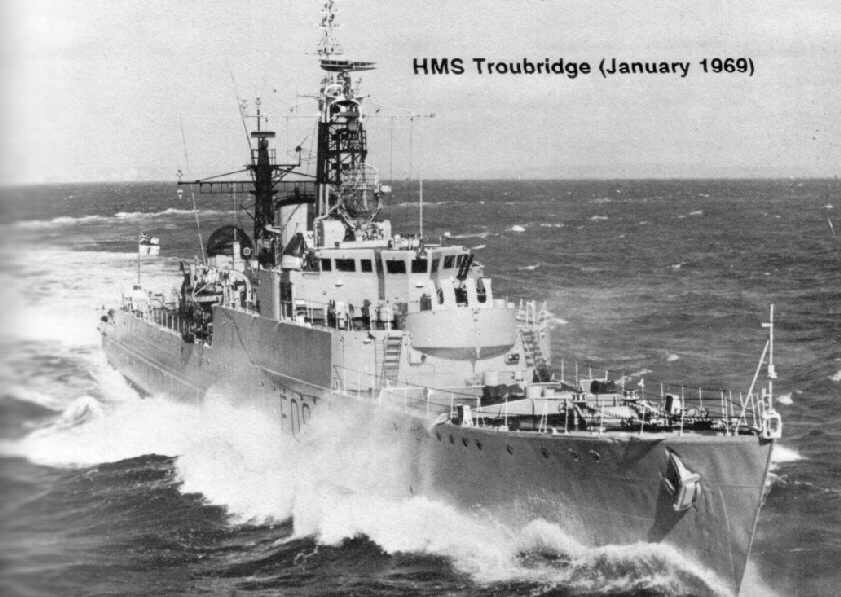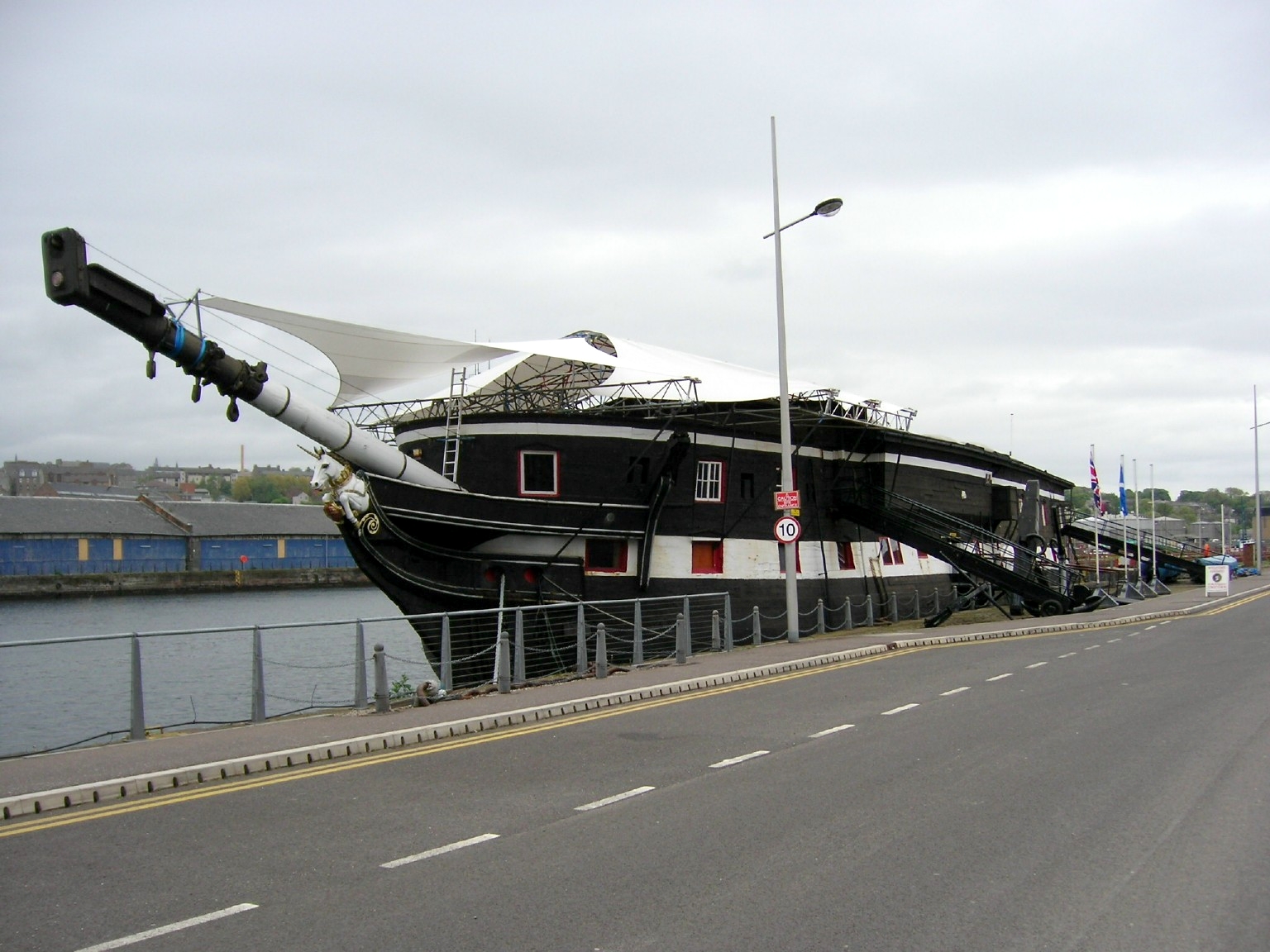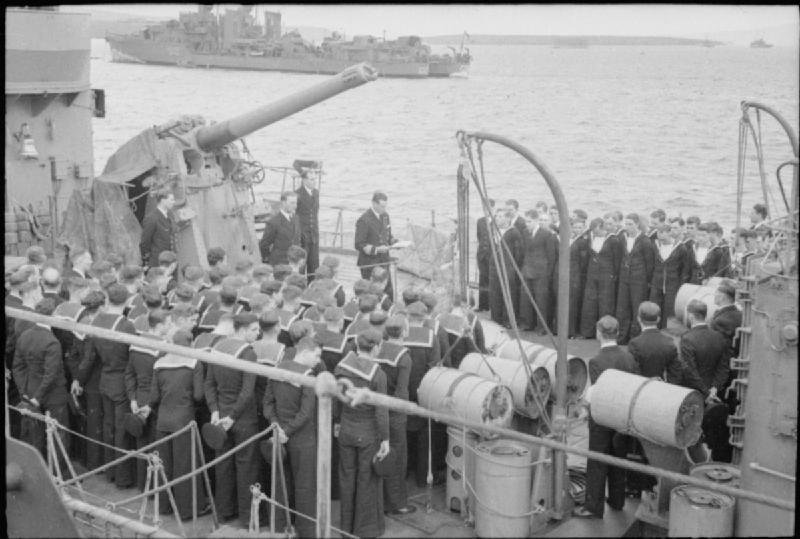|
HMAS Queenborough
HMAS ''Queenborough'' (G70/D270/F02/57) (originally HMS ''Queenborough'' (G70/D19)) was a Q and R-class destroyer, Q-class destroyer that served in the Royal Navy (RN) and Royal Australian Navy (RAN). Constructed during World War II as part of the War Emergency Programme destroyers, War Emergency Programme, ''Queenborough'' was Keel laying, laid down in 1940 and Ceremonial ship launching, launched in 1942, serving in the Arctic, Mediterranean, and Pacific theatres. After the war ended, the ship was transferred on loan to the RAN in exchange for an J-, K- and N-class destroyer, N-class destroyer, then given to Australia as a gift in 1950. ''Queenborough'' was converted to an anti-submarine frigate, and served with the RAN until 1966. During this time, she was deployed to the Far East Strategic Reserve on multiple occasions, participated in numerous Military exercise, fleet exercises, and took on a partial training role. She was Ship commissioning#Ship decommissioning, decommissi ... [...More Info...] [...Related Items...] OR: [Wikipedia] [Google] [Baidu] |
Type 15 Frigate
The Type 15 frigate was a class of British anti-submarine frigates of the Royal Navy. They were conversions based on the hulls of World War II-era destroyers built to the standard War Emergency Programme "utility" design. History By 1945 the wartime "utility" vessels were obsolescent as destroyers due to their relatively small size and makeshift armament. Future construction would be based on ever larger vessels, such as the and . Rapid advances in German U-boat technology with the Type XXI and Type XXVI rendered even some of the most modern Royal Navy escorts obsolete. This technology was being put into production by the Soviet Navy in the form of the . The Royal Navy began designing and constructing new fast anti-submarine frigates of the Type 12 and Type 14 design to counter this threat. However, it would be some time before these vessels could be brought into service and budget constraints limited the number of new hulls that could be constructed. The solution to the ... [...More Info...] [...Related Items...] OR: [Wikipedia] [Google] [Baidu] |
Reserve Fleet
A reserve fleet is a collection of naval vessels of all types that are fully equipped for service but are not currently needed; they are partially or fully Ship decommissioning, decommissioned. A reserve fleet is informally said to be "in mothballs" or "mothballed". In earlier times, especially in British usage, the ships were said to be "laid up in ordinary". A reserve fleet may be colloquially referred to as a "ghost fleet". In the 21st century, ghost fleet may also refer to an active shadow fleet of aged reserve fleet Oil tanker, oil tankers returned to an active service in order to circumvent commodities sanctions. Overview Such ships are held in reserve against a time when it may be necessary to call them back into service. They are usually tied up in backwater areas near naval bases or shipyards in order to speed the reactivation process. They may be modified for storage during such a period, for instance by having rust-prone areas sealed off or wrapped in plastic or, in ... [...More Info...] [...Related Items...] OR: [Wikipedia] [Google] [Baidu] |
Ship Commissioning
Ship commissioning is the act or ceremony of placing a ship in active service and may be regarded as a particular application of the general concepts and practices of project commissioning. The term is most commonly applied to placing a warship in active duty with its country's military forces. The ceremonies involved are often rooted in centuries-old naval tradition. Ship naming and launching endow a ship hull with her identity, but many milestones remain before it is completed and considered ready to be designated a commissioned ship. The engineering plant, weapon and Electronics, electronic systems, Galley (kitchen), galley, and other equipment required to transform the new hull into an operating and habitable warship are installed and tested. The prospective commanding officer, ship's officers, the petty officers, and seamen who will form the crew report for training and familiarization with their new ship. Before commissioning, the new ship undergoes sea trials to identify a ... [...More Info...] [...Related Items...] OR: [Wikipedia] [Google] [Baidu] |
Military Exercise
A military exercise, training exercise, maneuver (manoeuvre), or war game is the employment of military resources in Military education and training, training for military operations. Military exercises are conducted to explore the effects of warfare or test tactics and strategies without actual combat. They also ensure the combat readiness of garrisoned or deployable forces prior to deployment from a home base. While both war games and military exercises aim to simulate real conditions and scenarios for the purpose of preparing and analyzing those scenarios, the distinction between a war game and a military exercise is determined, primarily, by the involvement of actual military forces within the simulation, or lack thereof. Military exercises focus on the simulation of real, full-scale military operations in controlled hostile conditions in attempts to reproduce war time decisions and activities for training purposes or to analyze the outcome of possible war time decisions. W ... [...More Info...] [...Related Items...] OR: [Wikipedia] [Google] [Baidu] |
Far East Strategic Reserve
The British Commonwealth Far East Strategic Reserve (commonly referred to as the ''Far East Strategic Reserve'' or the ''FESR'') was a joint military force of the British, Australian, and New Zealand armed forces. Created in the 1950s and based in Malaya, the FESR was conceived as a forward defence point for Australia and New Zealand, while protecting Commonwealth interests in the Southeast Asian region from both internal and external communist threats. The FESR was made up of an infantry brigade and an aircraft carrier group, supported by squadrons of aircraft. Creation The FESR originated from a June 1953 letter from Harold Alexander, the British Minister of Defence, to Philip McBride and Tom Macdonald, his equivalents in Australia and New Zealand ministries, respectively.Pfennigwerth, 2008, p. 55 The letter suggested the creation of a joint military force based in South-East Asia and tasked with protecting strategically important Commonwealth interests in the region (name ... [...More Info...] [...Related Items...] OR: [Wikipedia] [Google] [Baidu] |
J-, K- And N-class Destroyer
The J, K and N class consisted of 24 destroyers built for the Royal Navy beginning in 1938. They were a return to a smaller vessel, with a heavier torpedo armament, after the that emphasised guns over torpedoes. The ships were built in three flotillas or groups, each consisting of eight ships with names beginning with "J", "K" and "N". The flag superior of the pennant numbers changed from "F" to "G" in 1940. The ships were modified throughout their wartime service, particularly their anti-aircraft (AA) guns; they were also fitted with radar. Design history The design was intended as a smaller follow-on from the preceding Tribal class. In a departure from all previous Royal Navy destroyers, the design used a two boiler room layout. This reduced hull length and allowed for a single funnel, both reducing the profile and increasing the arcs of fire of the light anti-aircraft (AA) weapons. It also increased vulnerability, as there were now two adjacent large compartments with the ... [...More Info...] [...Related Items...] OR: [Wikipedia] [Google] [Baidu] |
Ceremonial Ship Launching
Ceremonial ship launching involves the performing of ceremonies associated with the process of transferring a vessel to the water. It is a nautical tradition in many cultures, dating back millennia, to accompany the physical process with ceremonies which have been observed as public celebration and a solemn blessing, usually but not always, in association with the launch itself. Ship launching imposes stresses on the ship not met during normal operation and in addition to the size and weight of the vessel represents a considerable engineering challenge as well as a public spectacle. The process also involves Sailors' superstitions, many traditions intended to invite good luck, such as baptism#Boats and ships, christening by breaking a sacrificial bottle of champagne over the bow (ship), bow as the ship is named aloud and launched. Methods There are three principal methods of conveying a new ship from building site to water, only two of which are called "launching". The ol ... [...More Info...] [...Related Items...] OR: [Wikipedia] [Google] [Baidu] |
Keel Laying
Laying the keel or laying down is the formal recognition of the start of a shipbuilding, ship's construction. It is often marked with a ceremony attended by dignitaries from the shipbuilding company and the ultimate owners of the ship. Keel laying is one of the four specially celebrated events in a ship's life; the others are Ceremonial ship launching, launching, Ship commissioning, commissioning, and Ship decommissioning, decommissioning. Earlier, the event recognized as the keel laying was the initial placement of the central timber making up the backbone of a vessel, called the keel. As steel ships replaced wooden ones, the central timber gave way to a central steel beam. Modern ships are most commonly built in a series of pre-fabricated, complete hull sections rather than around a single keel. The event recognized as the keel laying is the first joining of modular components, or the lowering of the first module into place in the building dock. It is now often called "keel ... [...More Info...] [...Related Items...] OR: [Wikipedia] [Google] [Baidu] |
War Emergency Programme Destroyers
The War Emergency Programme destroyers were destroyers built for the British Royal Navy during World War I and World War II. World War I emergency programmes The 323 destroyers ordered during the First World War belonged to several different classes and were the subject of 14 separate War Programmes between 1914 and 1918. 40 of these were cancelled at the end of the war. The total excludes destroyers building in UK for other navies which were purchased for the Royal Navy following the outbreak of war. World War II emergency programme The 112 destroyers built during the Second World War were based on the hull and machinery of the earlier J-, K- and N-class destroyers of the 1930s. Each of the fourteen flotillas produced consisted of eight destroyers. Due to supply problems and the persistent failure by the Royal Navy to develop a suitable dual-purpose weapon for destroyers, they were fitted with whatever armament was available. Advances in radar and weaponry were incorporated a ... [...More Info...] [...Related Items...] OR: [Wikipedia] [Google] [Baidu] |
World War II
World War II or the Second World War (1 September 1939 – 2 September 1945) was a World war, global conflict between two coalitions: the Allies of World War II, Allies and the Axis powers. World War II by country, Nearly all of the world's countries participated, with many nations mobilising all resources in pursuit of total war. Tanks in World War II, Tanks and Air warfare of World War II, aircraft played major roles, enabling the strategic bombing of cities and delivery of the Atomic bombings of Hiroshima and Nagasaki, first and only nuclear weapons ever used in war. World War II is the List of wars by death toll, deadliest conflict in history, causing World War II casualties, the death of 70 to 85 million people, more than half of whom were civilians. Millions died in genocides, including the Holocaust, and by massacres, starvation, and disease. After the Allied victory, Allied-occupied Germany, Germany, Allied-occupied Austria, Austria, Occupation of Japan, Japan, a ... [...More Info...] [...Related Items...] OR: [Wikipedia] [Google] [Baidu] |
Royal Australian Navy
The Royal Australian Navy (RAN) is the navy, naval branch of the Australian Defence Force (ADF). The professional head of the RAN is Chief of Navy (Australia), Chief of Navy (CN) Vice admiral (Australia), Vice Admiral Mark Hammond (admiral), Mark Hammond. The Chief of Navy is also jointly responsible to the Minister for Defence (Australia), Minister for Defence (MINDEF) and the Chief of the Defence Force (Australia), Chief of the Defence Force (CDF). The Department of Defence (Australia), Department of Defence, which is a part of the Australian Public Service, administers the ADF, and ergo, the Royal Australian Navy. In 2023, the Surface Fleet Review was introduced to outline the future of the Navy. The navy was formed in 1901 as the Commonwealth Naval Forces (CNF) through the amalgamation of the colonial navies of Australia following the federation of Australia. Although it was originally intended for local defence, it became increasingly responsible for regional defence as the ... [...More Info...] [...Related Items...] OR: [Wikipedia] [Google] [Baidu] |







